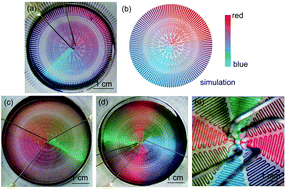An integrated microfluidic concentration gradient chip was developed for generating stepwise concentrations in high-density channels and applied to high-throughput apoptosis analysis of human uterine cervix cancer (HeLa) cells. The concentration gradient was generated by repeated splitting-and-mixing of the source solutions in a radial channel network which consists of multiple concentric circular channels and an increasing number of branch channels. The gradients were formed over hundreds of branches with predictable concentrations in each branch channel. This configuration brings about some distinctive advantages, e.g., more compact and versatile design, high-density of channels and wide concentration ranges. This concentration gradient generator was used in perfusion culture of HeLa cells and a drug-induced apoptosis assay, demonstrated by investigating the single and combined effects of two model anticancer drugs, 5-fluorouracil and Cyclophosphamide, which were divided into 65 concentrations of the two drugs respectively and 65 of their combinatorial concentrations. The gradient generation, the cell culture/stimulation and staining were performed in a single chip. The present device offers a unique platform to characterize various cellular responses in a high-throughput fashion.

You have access to this article
 Please wait while we load your content...
Something went wrong. Try again?
Please wait while we load your content...
Something went wrong. Try again?


 Please wait while we load your content...
Please wait while we load your content...